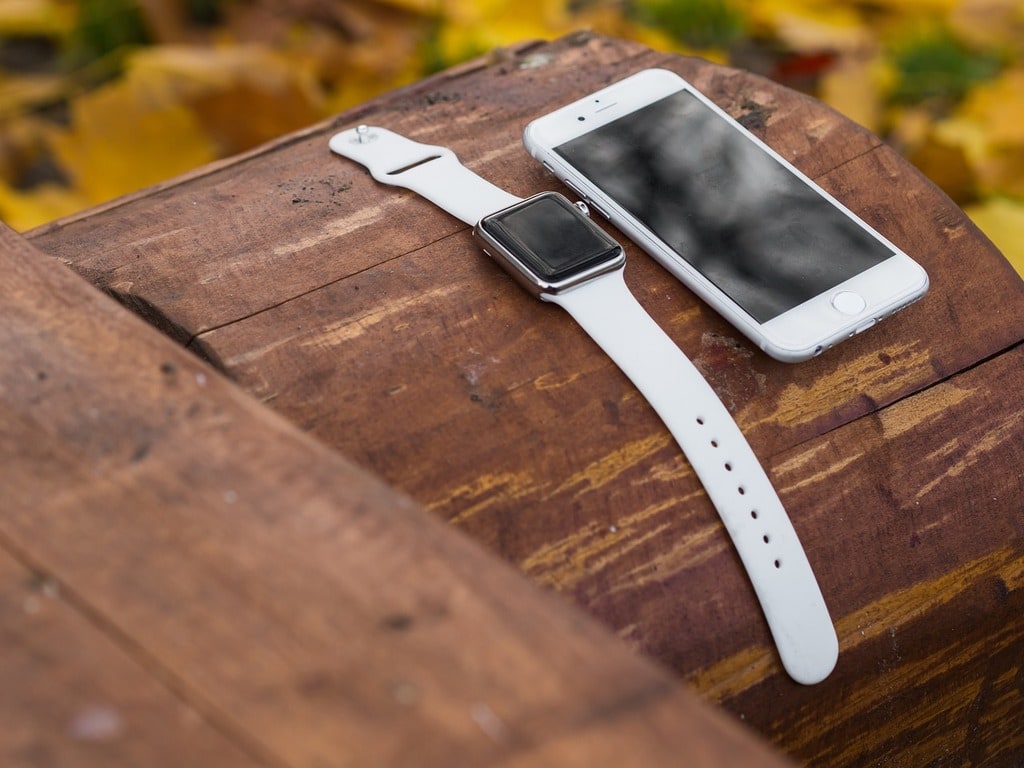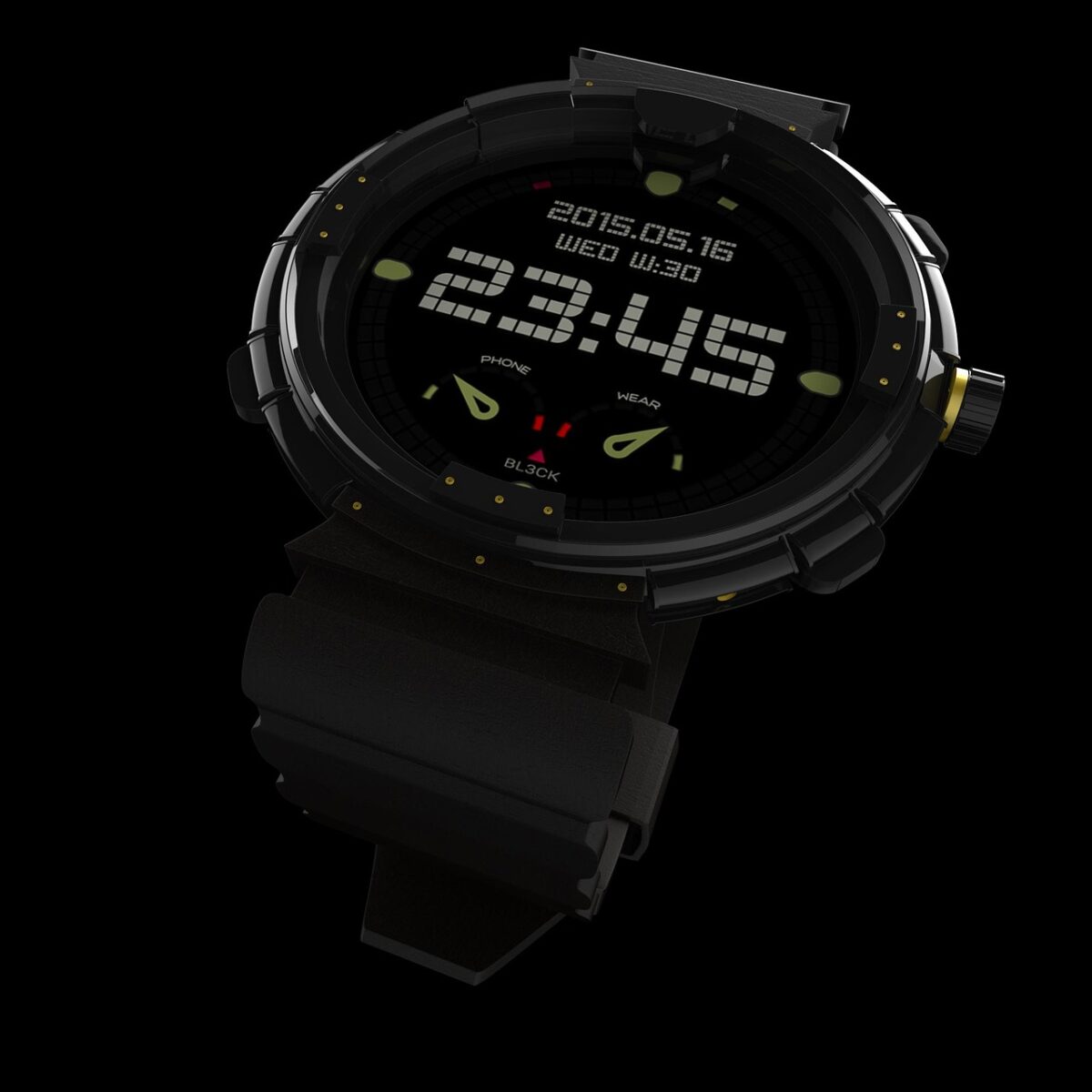Wearable technology has rapidly evolved in recent years, pushing the boundaries of what was once thought possible. From health monitoring devices to smart clothing, these innovations are not only convenient but are also becoming integral parts of our daily lives. This article delves into the latest advancements in wearable technology, exploring how these cutting-edge devices are transforming various aspects of human health, fitness, and lifestyle.
The Latest Innovations in Wearable Technology
Wearable technology has come a long way from simple fitness trackers. Today, advanced sensors, artificial intelligence, and seamless integration with other smart devices are driving the evolution of wearables. One of the most significant areas of advancement is in health monitoring. Modern wearables are equipped with sensors that can track a wide range of health metrics, from heart rate and sleep patterns to blood oxygen levels and ECG readings. These capabilities are not just for fitness enthusiasts; they are being used to manage chronic conditions and detect early signs of potential health issues.
Health Monitoring and Medical Applications
The integration of sophisticated health monitoring features in wearables is revolutionizing personal health care. Devices such as smartwatches and fitness bands can now monitor vital signs continuously, providing real-time data that can be crucial for patients with chronic illnesses. For instance, wearables can alert users to irregular heartbeats or significant changes in blood pressure, allowing for timely medical intervention. Additionally, some wearables are equipped with fall detection technology, which can automatically notify emergency contacts if the wearer takes a hard fall.
Wearable technology is also making strides in the field of mental health. Devices that monitor stress levels by analyzing physiological signals like heart rate variability are helping users manage their mental well-being more effectively. By providing insights into stress patterns, these wearables can guide users toward relaxation techniques and healthier lifestyle choices.

Fitness and Performance Optimization
Fitness enthusiasts and athletes are benefiting immensely from the advancements in wearable technology. Modern fitness trackers and smartwatches offer detailed insights into workout performance, including metrics such as VO2 max, recovery times, and even biomechanical analysis. These data points allow users to tailor their training programs for optimal performance and reduced injury risk.
Wearables are also becoming essential tools for sports professionals. Smart clothing embedded with sensors can provide real-time feedback on body mechanics, helping athletes refine their techniques. For example, smart shoes can track gait and running patterns, while smart shirts can monitor muscle activity and posture. These innovations enable athletes to make data-driven decisions to enhance their performance.
Smart Clothing and Textile Integration
Smart clothing represents one of the most exciting frontiers in wearable technology. These garments are embedded with sensors and conductive threads that can collect and transmit data about the wearer’s body. Applications of smart clothing range from fitness and health monitoring to enhancing daily comfort and productivity.
For instance, smart fabrics can adjust their properties in response to environmental conditions, providing cooling or heating as needed. This adaptability is not only beneficial for comfort but also for energy efficiency. In the realm of health, smart clothing can continuously monitor vital signs and even deliver therapeutic interventions, such as electrical stimulation for muscle recovery.
Challenges and Future Prospects
Despite the remarkable advancements, wearable technology faces several challenges. Battery life remains a significant limitation, as users require devices that can last for extended periods without frequent recharging. Privacy concerns are also paramount, as the continuous collection of personal data necessitates robust security measures to prevent unauthorized access and misuse.
However, the future of wearable technology looks promising. Research is ongoing into new materials and power sources that could extend battery life and enhance the functionality of wearables. Innovations in artificial intelligence and machine learning are expected to further improve the accuracy and usefulness of the data collected by these devices.
Here’s a summary of the key advancements and areas where wearable technology is making an impact:
- Health monitoring and medical applications: continuous monitoring, chronic disease management, fall detection, mental health insights.
- Fitness and performance optimization: detailed workout metrics, sports professional tools, biomechanical analysis.
- Smart clothing and textile integration: adaptive garments, health monitoring, therapeutic interventions.
- Challenges and future prospects: battery life, privacy concerns, emerging technologies.
The Potential of Wearable Technology
Wearable technology is undoubtedly shaping the future of personal health and lifestyle management. As these devices become more advanced and integrated into our daily lives, they hold the potential to significantly enhance the way we monitor our health, optimize our fitness, and improve our overall well-being. The continuous evolution of wearable technology promises a future where personalized health and fitness insights are always within reach, empowering individuals to live healthier and more informed lives.
